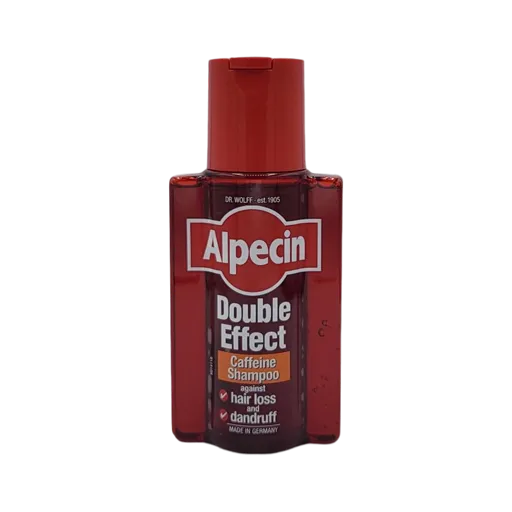The Different Types of Hair Loss
Introduction: How common is hair loss in the UK?
Hair loss is one of the most common cosmetic and psychological concerns in adults. In the UK, over 15 million people are estimated to experience hair loss of some form. Among men, up to 85% will show noticeable thinning or baldness by age 50 [NHS]. Around 40% of women experience visible thinning by that age. [UCLA, 2023]
Another form, alopecia areata, affects around 0.58% of UK adults at any given time, with a lifetime risk of about 2%. [British Journal of Dermatology, 2024]
Hair loss can affect confidence and wellbeing, so it's important to understand its causes, signs, and treatment options.
How hair normally grows
Each strand of hair grows from a follicle beneath the scalp. Hair growth occurs in cycles:
- Anagen (growth phase) - lasts 2-7 years. About 85-90% of scalp hairs are in this phase at any time.
- Catagen (transition phase) - a few weeks where growth stops and follicles shrink.
- Telogen (resting/shedding phase) - lasts about 3 months. Around 10-15% of hairs are here, eventually shedding.
Shedding 50-100 hairs per day is normal. Problems arise when more hairs fall than regrow, or when new growth becomes weaker or thinner.
Main types and causes of hair loss
Androgenetic alopecia (pattern hair loss)
This is the most common type of hair loss, known as male pattern baldness in men and female pattern hair loss in women. It's caused by genetic sensitivity to the hormone dihydrotestosterone (DHT), which shrinks hair follicles over time.
Men will usually experience thinning at the temples and crown. Whereas women will tend to notice general thinning across the scalp rather than complete baldness.
Telogen effluvium
This form of hair loss occurs when a shock or stress pushes many hairs into the resting (telogen) phase. It can be triggered by:
- Severe stress or illness
- Major surgery
- Childbirth or hormonal changes
- Iron deficiency
- Crash dieting
- Certain medicines (e.g. beta-blockers, retinoids)
It usually appears as diffuse thinning and often improves within 3-6 months once the trigger is treated.
Alopecia areata
An autoimmune condition where the immune system attacks hair follicles, causing smooth bald patches. It can affect any hair-bearing area, including the scalp, beard or eyebrows. Many people experience regrowth, though recurrence is common.
Scarring (cicatricial) alopecia
Inflammation destroys hair follicles and replaces them with scar tissue. Causes include discoid lupus and lichen planopilaris. Regrowth is usually impossible once scarring occurs, so early treatment is crucial.
Traction alopecia
Caused by constant pulling on the hair — such as tight ponytails or extensions — which damages follicles. Preventable by reducing tension and using gentle hairstyles.
How to tell the difference between types
| Feature | Pattern Hair Loss | Telogen Effluvium | Alopecia Areata |
|---|---|---|---|
| Pattern | Thinning at temples/crown | Even thinning across scalp | Round bald patches |
| Speed | Gradual (years) | Rapid (weeks-months) | Sudden (days-weeks) |
| Scalp | Normal | Normal | Smooth patches |
| Regrowth | Possible with treatment | Usually full recovery | Variable, may recur |
Treatment options
For pattern hair loss (androgenetic alopecia)
Treatment focuses on slowing hair loss and encouraging regrowth. Common options include:
Minoxidil (topical)
Applied directly to the scalp, minoxidil widens blood vessels, improving follicle nutrition. Results may be seen in 3-6 months. In a study, topical minoxidil was rated as very effective in 143 of the 902 eligible patients (15.9%), effective in 431 patients (47.8%), moderately effective in 186 patients (20.6%) and ineffective in 142 patients (15.7%). Side effects include scalp irritation or dryness. [Rundegren, 2004]
Finasteride (oral)
A prescription tablet for men that reduces DHT levels. Around 66% of users see visible improvement
after two years and in hair-count measures, after 2 years, 83% of finasteride users had no further hair loss compared to baseline, versus 28% in the placebo group. [McClellan & Markham, 1999]
7.7% of finasteride recipients vs. 7.0% of placebo recipients reported experiencing side effects which included reduced libido or mood changes.
Sexual side effects (decreased libido, ejaculation disorder, erectile dysfunction) occurred more often with finasteride (3.8%) than placebo (2.1%).
Importantly, all reported sexual adverse events were reversible upon discontinuation. Some also resolved in patients who continued therapy
Dutasteride
Similar to finasteride, but blocks both types of the DHT-producing enzyme. Some studies show it may be more effective, with similar side effects are similar. [Estill et al, 2023] In the UK is not licensed for hair loss but can be prescribed off-label for male pattern baldness.
Oral Minoxidil
A newer option prescribed in low doses for hair loss. One study of 90 men aged 18-55 with Norwood-Hamilton classifications found similar efficacy to topical minoxidil. [Ramos, 2024] Side effects can include dizziness, swelling, or unwanted body hair growth.
Caffeine shampoos
These may help stimulate the scalp and are often used alongside proven treatments like minoxidil or finasteride, though evidence is limited.
For telogen effluvium
Identify and address triggers — such as illness, iron deficiency or hormonal change. Hair usually regrows naturally within months. Supplements or topical minoxidil may support recovery.
For alopecia areata
Treatment may involve topical or injected corticosteroids, immunotherapy, or newer drugs like ritlecitinib, recently approved by NICE for severe cases. [The Guardian, 2024]
For scarring alopecia
Specialist dermatology care is essential. Early treatment with anti-inflammatory medicines may prevent further follicle loss, but regrowth is rare once scarring sets in.
Side effects of common treatments
Minoxidil: scalp irritation, dryness, and temporary shedding in the first few weeks.
Finasteride / Dutasteride: reduced libido, erectile dysfunction, mood changes, and in rare cases, persistent sexual or psychological symptoms. [MHRA, 2024]
Oral Minoxidil: low blood pressure, ankle swelling, or unwanted hair growth. Must be prescribed by a clinician.
Procedural options: PRP, microneedling or hair transplants can cause infection, swelling or pain at treatment sites.
When you may need to be referred further
See your GP or dermatologist if you notice:
- Sudden or patchy hair loss
- Inflamed, scaly, or painful scalp
- Excessive shedding lasting over 6 months
- Side effects from medication
Early specialist assessment can help diagnose less common causes and start appropriate treatment.
Frequently Asked Questions (FAQs)
1. Can hair loss be reversed?
Sometimes. Non-scarring types like male pattern baldness or telogen effluvium
can often be slowed or reversed with treatment. Scarring types usually cannot.
2. Do hair loss treatments really work?
Yes, but results vary. Around two-thirds of men respond to
finasteride, and 60% respond to minoxidil. Consistent, long-term use is key.
3. How long before I see results?
Most people notice improvement after 3-6 months of consistent treatment,
with full results after 12 months.
4. Can women use these treatments?
Women can safely use topical minoxidil but should avoid finasteride and
dutasteride unless under specialist supervision.
5. Will hair loss return if I stop treatment?
Yes. Once stopped, hair loss typically resumes within months
as hormone levels return to normal.
Sources
NHS: Hair Loss Overview
Rundegren (2004): A one-year observational study with minoxidil 5% solution in Germany
NHS: Finasteride
UCLA Health: What causes female hair loss?
McClellan & Markham (1999): Finasteride
Estill et al, (2023): Finasteride and Dutasteride for the Treatment
Ramos (2024): Oral Minoxidil vs Topical Minoxidil for Male Androgenetic Alopecia
MHRA Drug Safety Update, 2024
British Journal of Dermatology (2024): Epidemiology of Alopecia Areata
Johnson (2024): Oral Minoxidil and Finasteride Combination Study
The Guardian (2024): Ritlecitinib Approved by NICE
CEMC - Men's Health
More information
Related products
-
POM
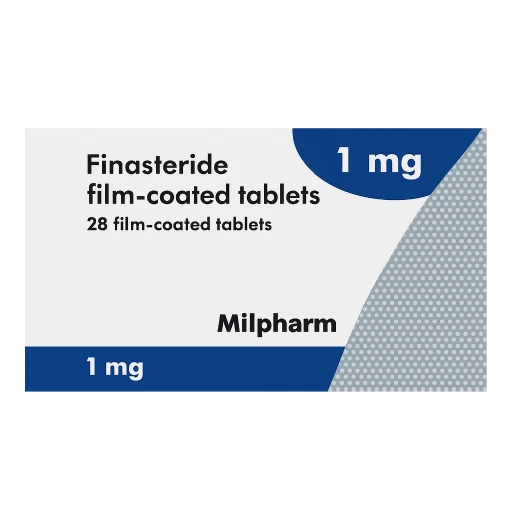
finasteride tablets
£10.99
-
POM
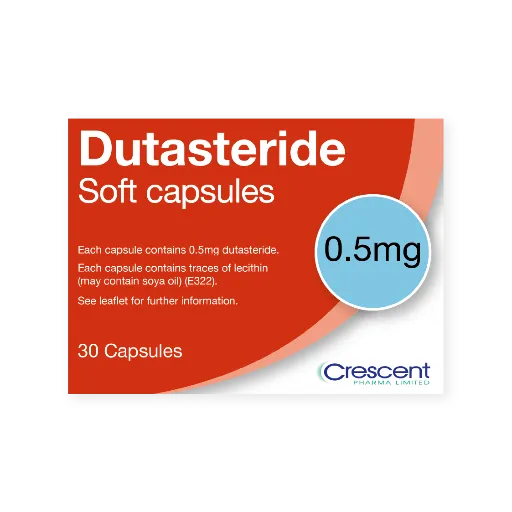
dutasteride capsules
£17.49
-
POM
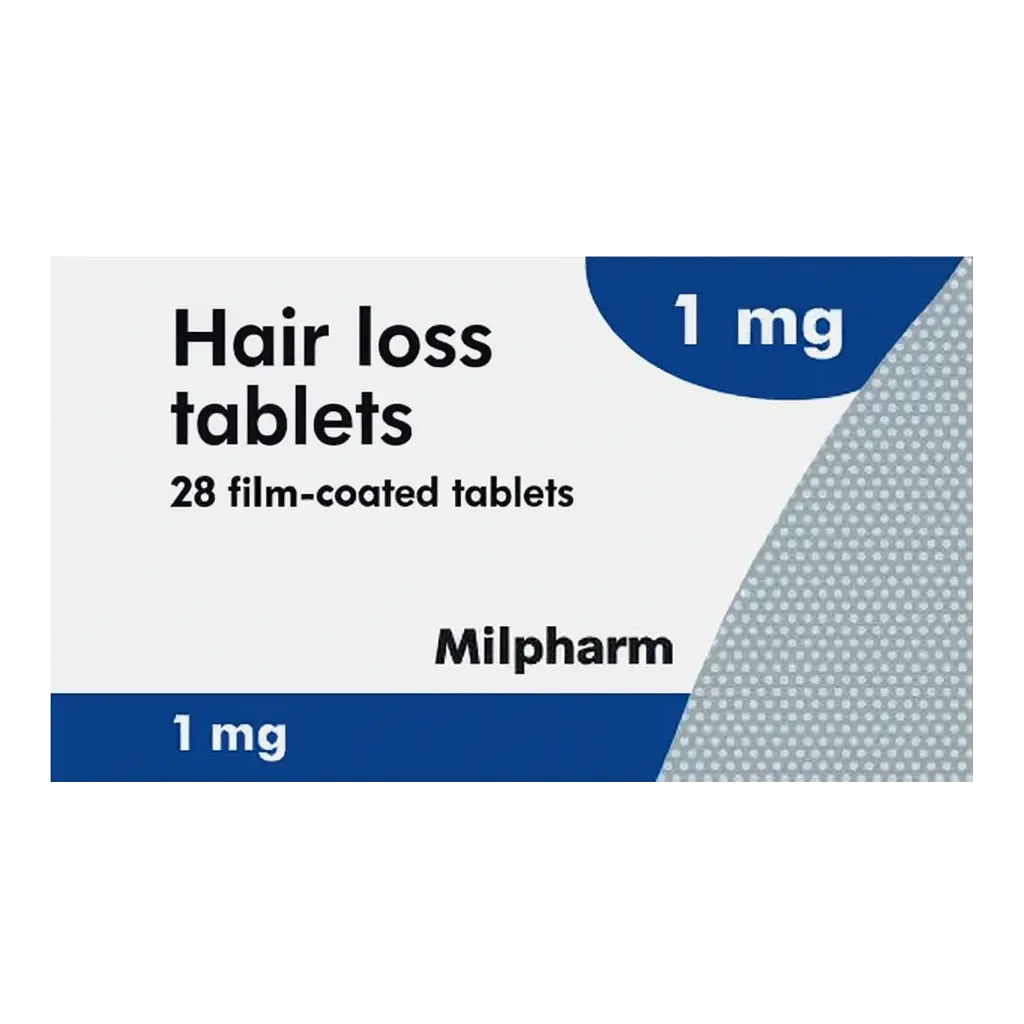
hair loss tablets
£10.99
-
POM
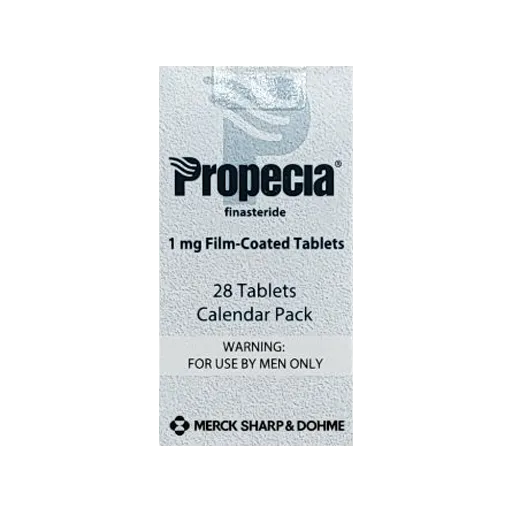
propecia tablets
£49.99
-
P
-
GSL
-
POM
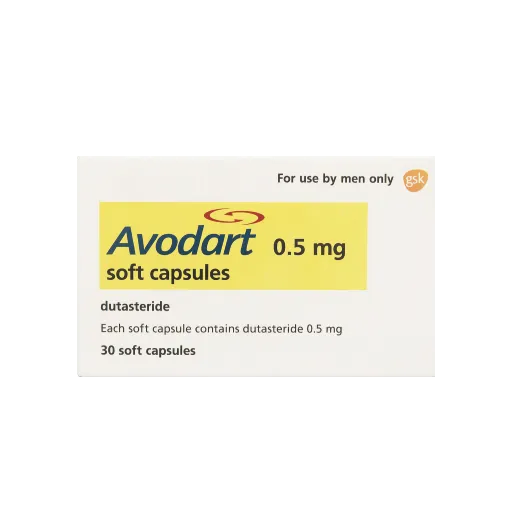
avodart capsules
£39.99
-
POM
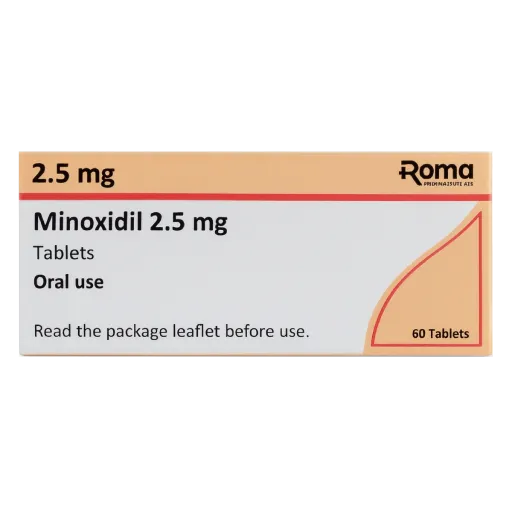
minoxidil tablets
£15.00

